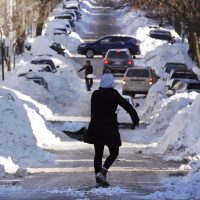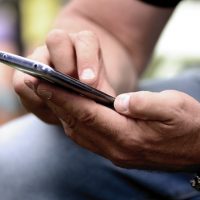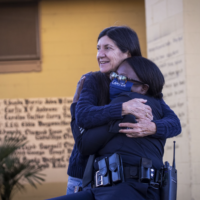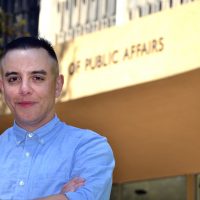LGBT Communities Fighting for Social and Spatial Change
 Despite recent gains in lesbian, gay, bisexual and transgender rights in the United States such as gay marriage and the right to serve openly in the military, the fight against equality for LGBT people appears to be gaining strength, according to Kian Goh, assistant professor of urban planning. Violence against LGBT people has continued “unabated, however, during the recent period of legislative wins,” Goh writes in a recently published article, “Safe Cities and Queer Spaces: The Urban Politics of Radical LGBT Activism.” In the online article in Annals of the American Association of Geographers, Goh cites data from GLAAD and the National Coalition of Anti-Violence Programs, indicating that 2015 and 2016 were the “most deadly on record for transgender people in the United States, overwhelmingly affecting transgender women of color.” In LGBT communities, homelessness continues to be an issue, and socioeconomic disparities are reinforced, “particularly among women, people of color, young and old, and gender-nonconforming.” Goh adds that these overlapping identities and “systems of oppression exacerbate the marginalization of LGBT-identified people, creating ‘unjust geographies’ that intertwine race, class gender and sexuality.” Goh looks at how researchers, planners and others who contribute to the “making of cities” can understand and contribute to social movements, change and justice, and — through participatory observation and working with these groups — examines the efforts of two New York-based queer activist groups fighting for social and spatial change. — Stan Paul
Despite recent gains in lesbian, gay, bisexual and transgender rights in the United States such as gay marriage and the right to serve openly in the military, the fight against equality for LGBT people appears to be gaining strength, according to Kian Goh, assistant professor of urban planning. Violence against LGBT people has continued “unabated, however, during the recent period of legislative wins,” Goh writes in a recently published article, “Safe Cities and Queer Spaces: The Urban Politics of Radical LGBT Activism.” In the online article in Annals of the American Association of Geographers, Goh cites data from GLAAD and the National Coalition of Anti-Violence Programs, indicating that 2015 and 2016 were the “most deadly on record for transgender people in the United States, overwhelmingly affecting transgender women of color.” In LGBT communities, homelessness continues to be an issue, and socioeconomic disparities are reinforced, “particularly among women, people of color, young and old, and gender-nonconforming.” Goh adds that these overlapping identities and “systems of oppression exacerbate the marginalization of LGBT-identified people, creating ‘unjust geographies’ that intertwine race, class gender and sexuality.” Goh looks at how researchers, planners and others who contribute to the “making of cities” can understand and contribute to social movements, change and justice, and — through participatory observation and working with these groups — examines the efforts of two New York-based queer activist groups fighting for social and spatial change. — Stan Paul







Leave a Reply
Want to join the discussion?Feel free to contribute!